Is Your Implementation Model Ready for the Cloud Era?
As an Acumatica VAR, you've witnessed the dramatic shift in how businesses consume technology. Cloud solutions have transformed everything from software delivery to customer expectations. Yet many VARs still approach implementations with a legacy mindset that could be holding them back. Let's explore why traditional implementation models might be limiting your growth and how to evolve for today's market demands.
The Legacy Trap: When Traditional Models Hold You Back
Picture this: You're running a growing Acumatica practice. Your instinct is to build internal departments, hire W2 employees, and structure projects around time-and-materials billing. It's a familiar model that's served the industry for decades. But in today's cloud-first world, this approach can create significant challenges:
The Hidden Costs of Building Internal Teams
While having full-time employees might seem like the path to stability, it often leads to:
Inflexible overhead costs that eat into margins during slow periods
Significant investment in recruiting, training, and retention
Complex cross-departmental coordination challenges
Limited ability to scale quickly for large projects
Risk of knowledge silos when key employees leave
Without addressing these challenges, VARs risk falling behind more agile competitors who can adapt quickly to market demands.
The Time-and-Materials Trap
Traditional T&M billing might feel secure, but it creates several problems:
Constant justification of hours to clients, eroding trust
Value perception is tied to time spent rather than outcomes delivered
Administrative overhead tracking and reporting hours
Difficulty forecasting revenue and scaling operations
Client hesitation to approve necessary work due to cost uncertainty
The Modern Approach: Building a Scalable Implementation Practice
Forward-thinking VARs are adopting new models that prioritize flexibility, scalability, and predictable revenue. Here's what that looks like in practice:
Strategic Partnership Networks
Instead of building everything in-house, successful VARs are:
Partnering with specialized service providers for specific expertise
Maintaining a lean core team focused on leading client relationships
Leveraging partner networks to scale up or down as needed
Reducing fixed overhead while increasing delivery capabilities
Creating new revenue streams through partner services
Subscription-Based Implementation Services
Moving away from T&M to fixed-fee monthly subscriptions offers numerous advantages:
Predictable revenue streams for better business planning
Improved cash flow for both VAR and client
Focus on value delivery rather than hour tracking
Natural pathway to ongoing support and optimization services
Stronger long-term client relationships
The Results Speak for Themselves
VARs who've adopted this modern approach report:
20-30% higher project margins
Improved client satisfaction scores
Reduced administrative overhead
More predictable revenue forecasting
Better ability to handle multiple concurrent implementations
Making the Transition: Steps for Success
Ready to modernize your implementation approach? Here's how to get started:
Assess Your Current Model
Analyze your true costs of internal staffing
Calculate time spent on administrative tasks
Review client satisfaction metrics
Evaluate project profitability patterns
Build Your Partner Network
Identify gaps in your service delivery
Evaluate potential strategic partners
Start small with pilot projects
Develop clear partnership agreements
Transform Your Pricing Model
Design subscription-based implementation packages
Create clear value propositions
Develop transition plans for existing clients
Train sales teams on the new approach
Optimize Your Core Team
Focus on relationship management skills
Develop partner coordination capabilities
Create efficient project management frameworks
Build expertise in strategic consulting
The Cost of Inaction
VARs who cling to legacy implementation models face increasing challenges:
Eroding margins as competition increases
Difficulty attracting and retaining top talent
Limited ability to scale operations
Vulnerable to more agile competitors
Missed opportunities for recurring revenue
Looking Ahead: The Future of Implementation Services
The most successful Acumatica VARs will be those who:
Embrace flexible, partnership-based delivery models
Focus on outcomes rather than hours
Build predictable, recurring revenue streams
Maintain lean, efficient core operations
Leverage specialized expertise through partners
Remember, your implementation model isn't just about the initial project revenue - it's about building lasting partnerships that drive long-term value. While a traditional implementation might generate 150-600 hours of one-time service revenue, the real prize is in years 2-5 of client license renewals. A mediocre implementation that leads to client dissatisfaction doesn't just cost you future service revenue - it risks losing the much more valuable ongoing license renewal stream to another partner.
As you evaluate your implementation model, consider this: Are you optimizing for short-term project margins, or building a foundation for multi-year client partnerships that generate predictable, high-margin license renewal revenue? The most successful Acumatica VARs understand that implementation excellence is the gateway to lasting client relationships and sustained profitability.
The path to sustainable growth isn't through maximizing implementation hours - it's through delivering implementations that delight clients and keep them renewing year after year. The question isn't whether to modernize your approach, but how quickly you can make the transition to a client-first, long-term partnership model.
---
Looking to explore modern implementation models? Let's connect and discuss how to transform your Acumatica practice for the future. Share your thoughts and experiences in the comments below.*





